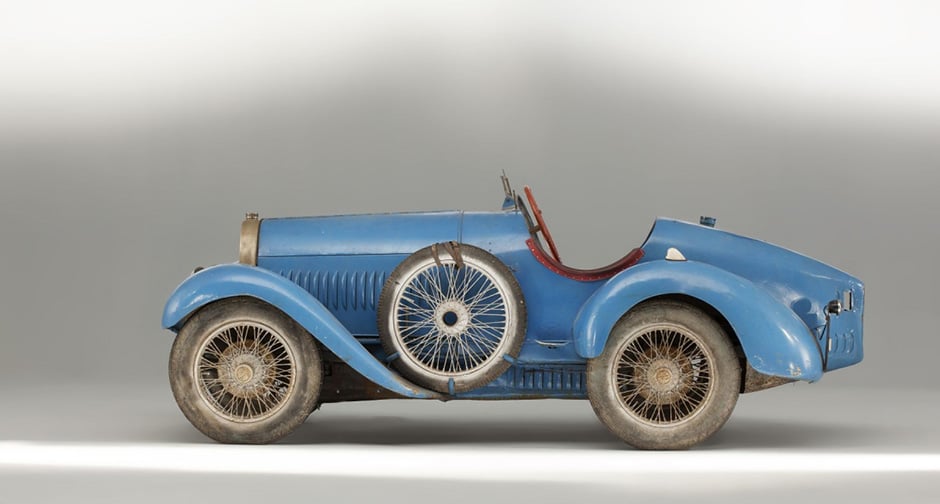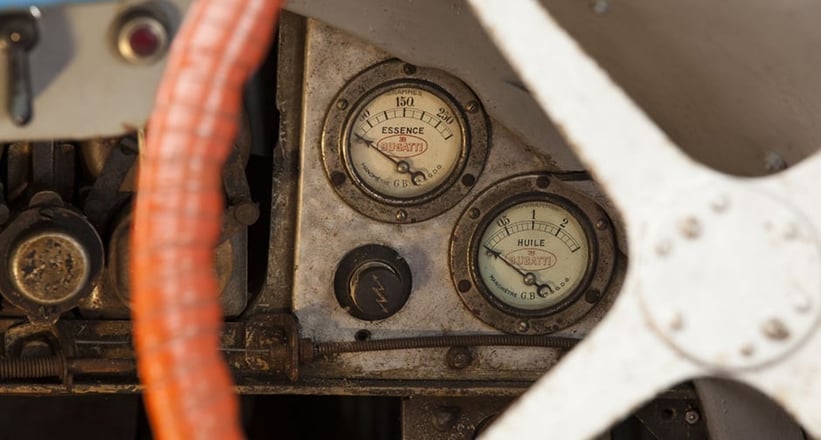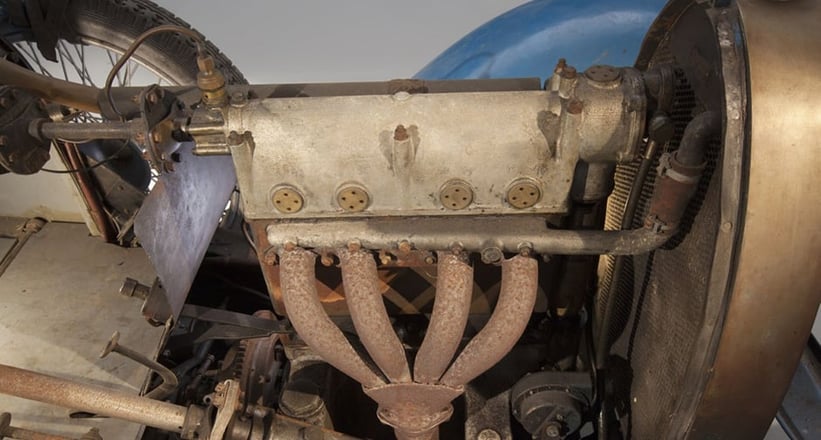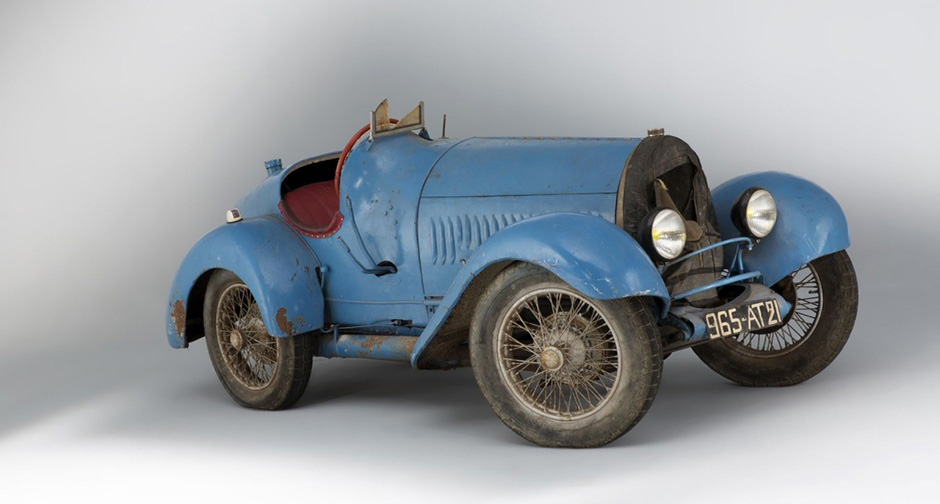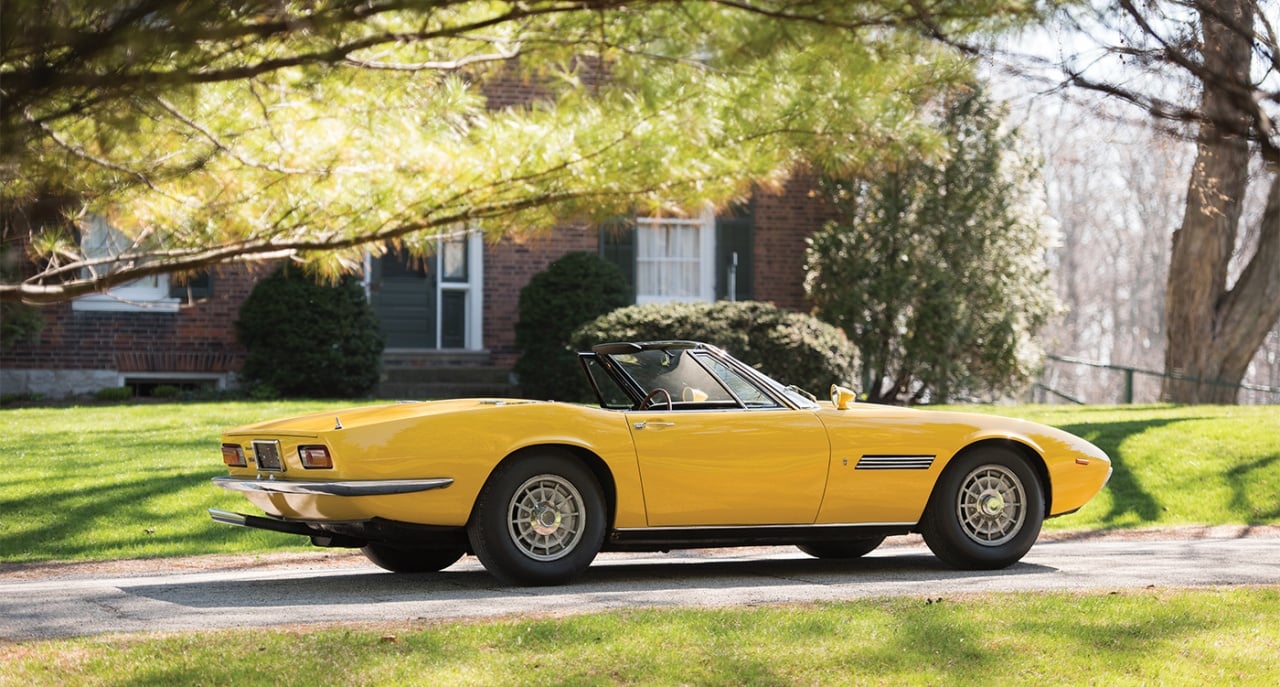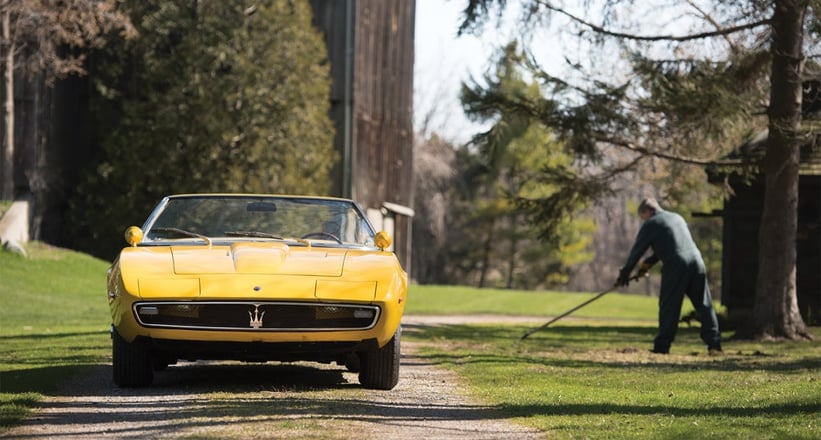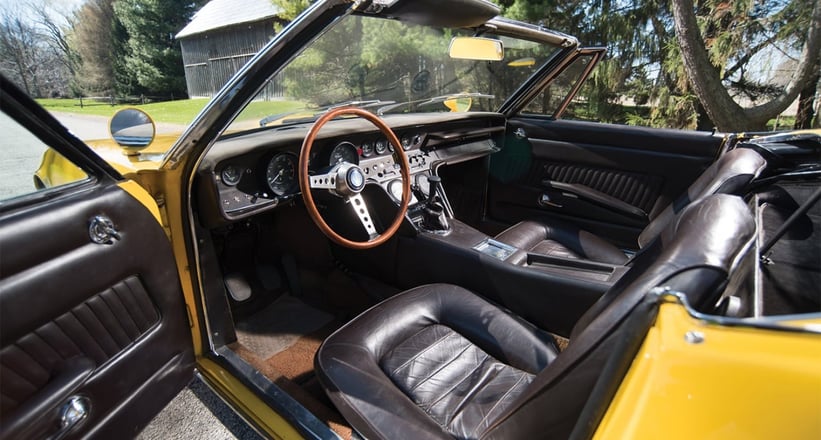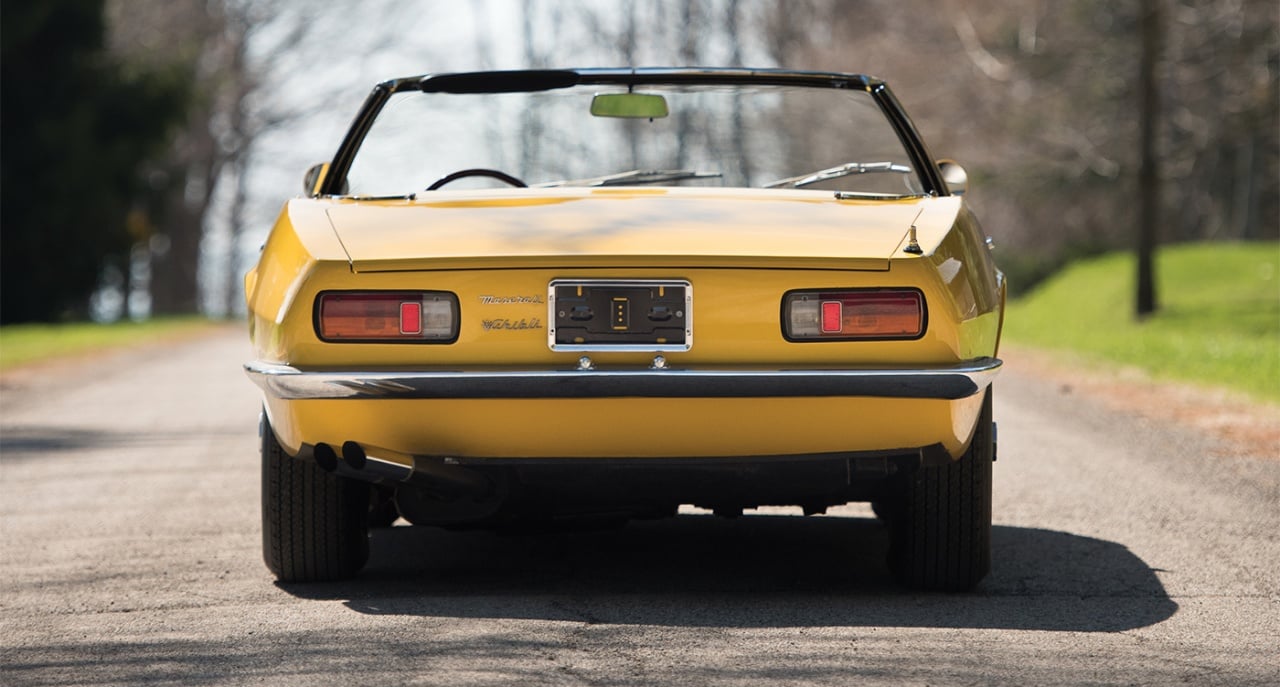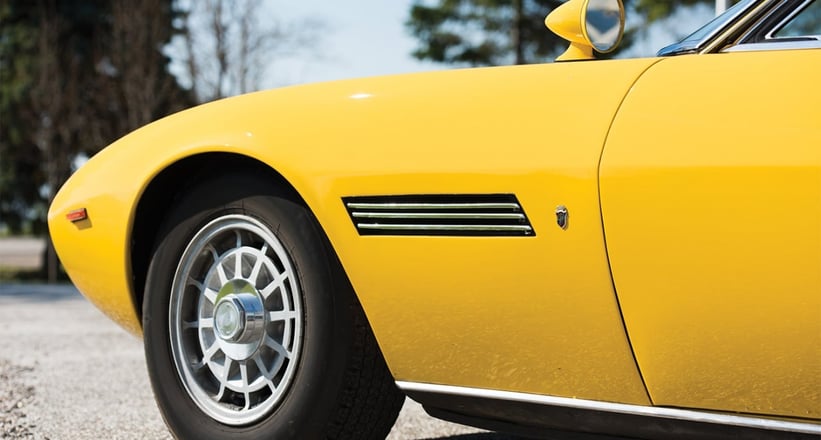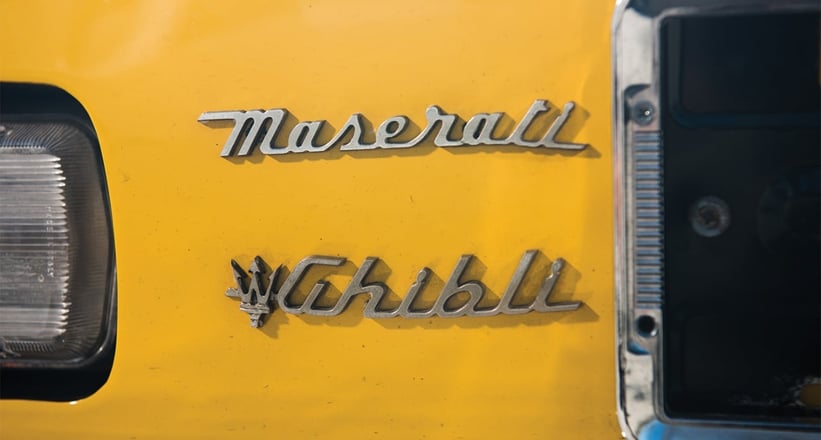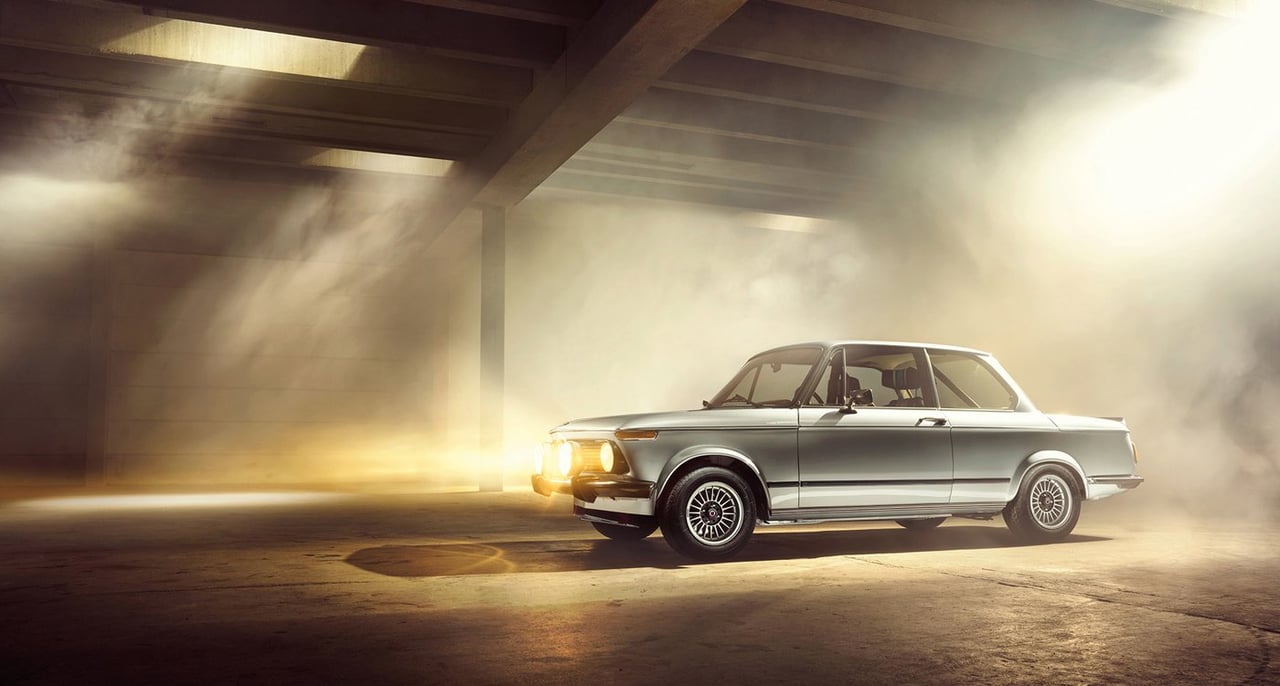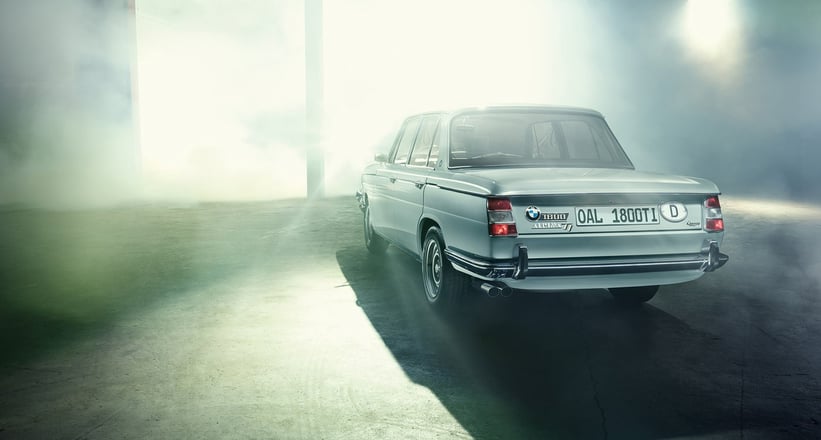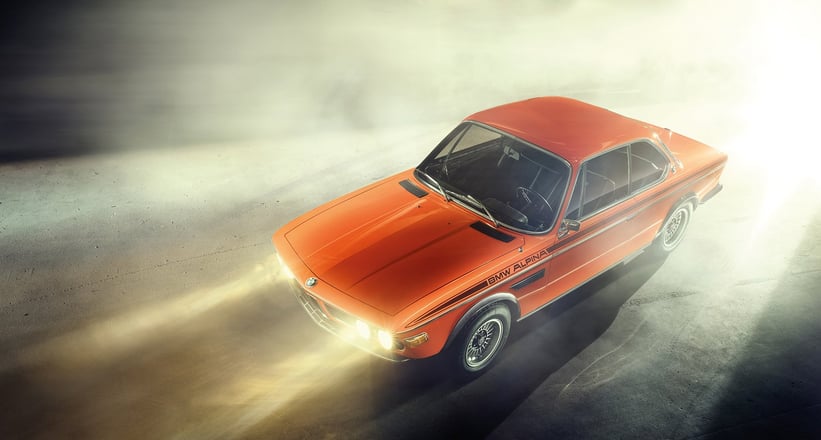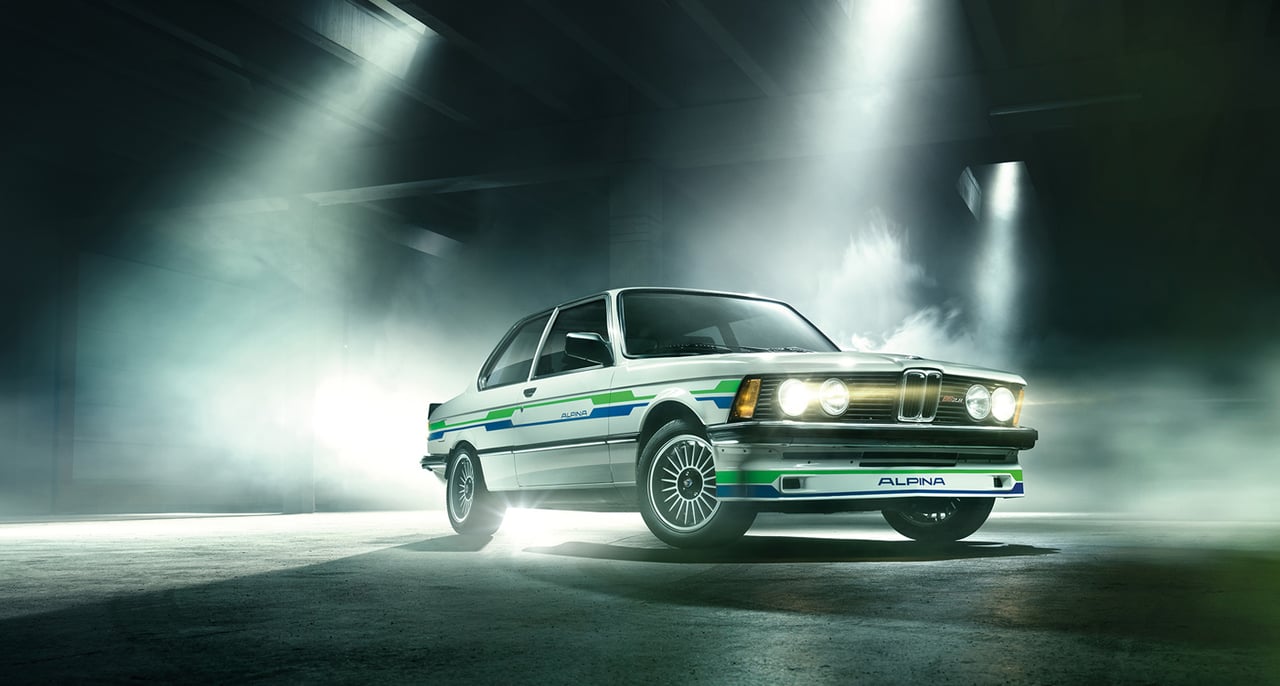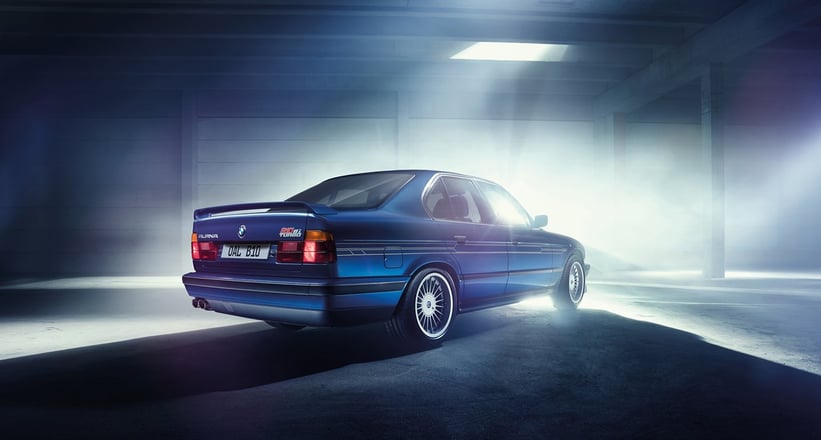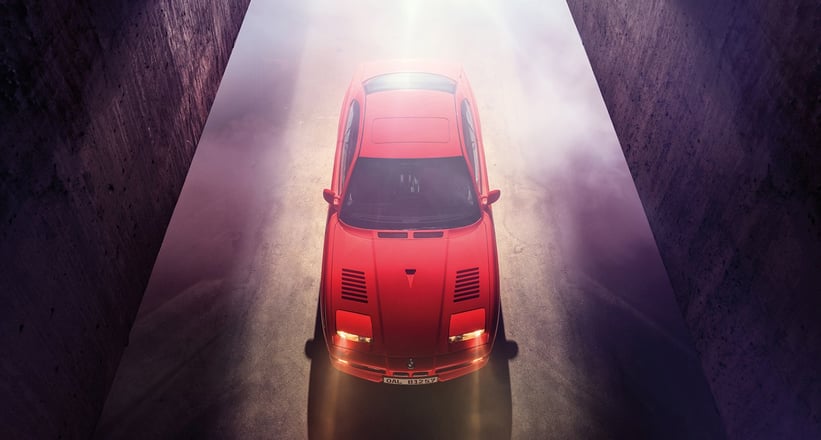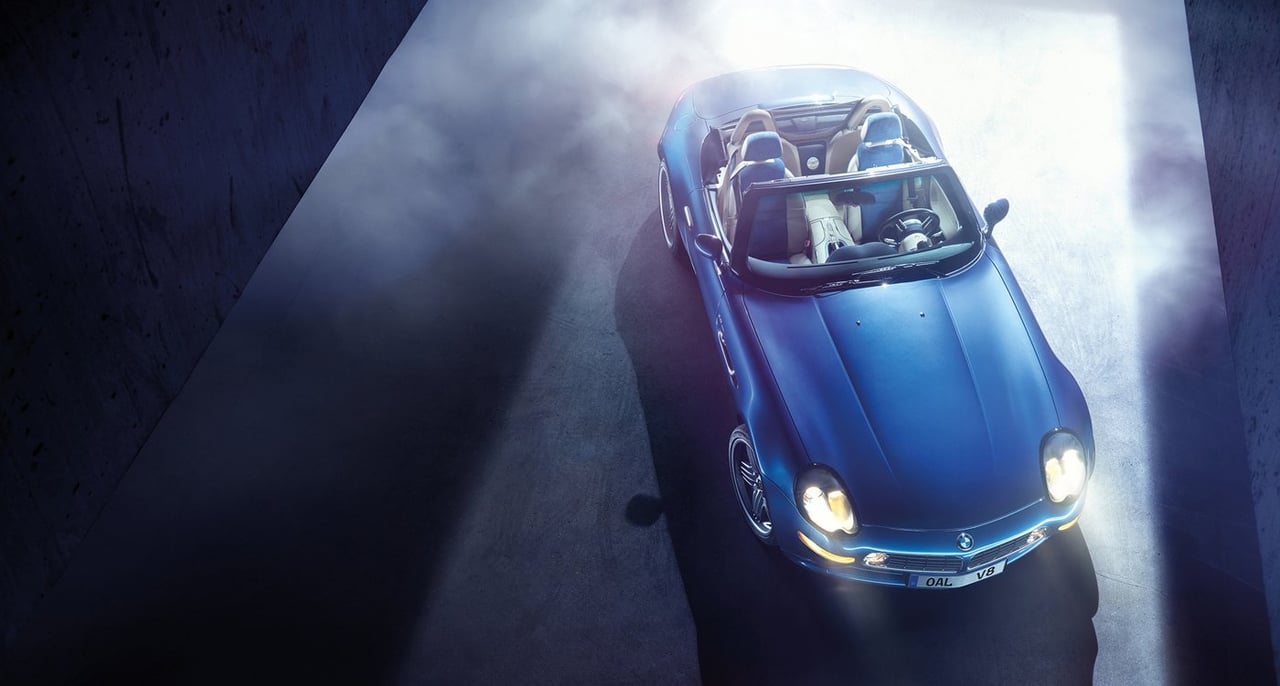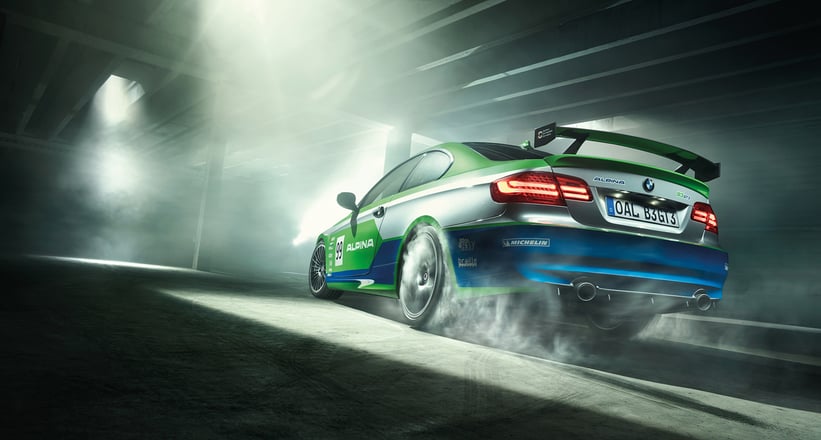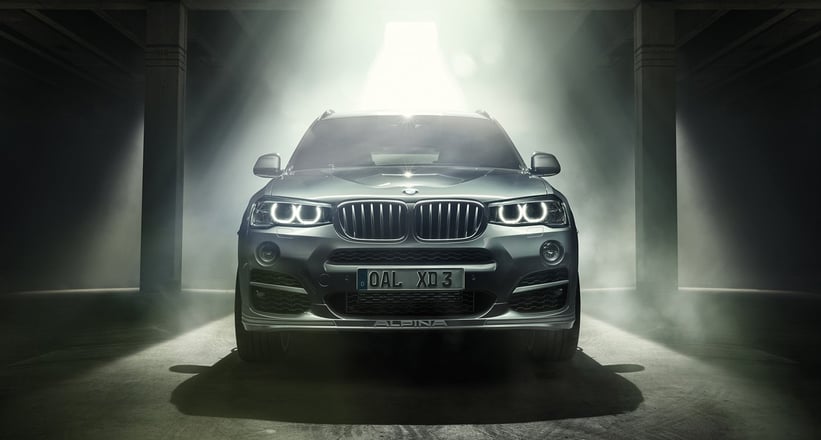“From a young age I was interested in cars, and I never had the intention of going into the family business of making typewriters,” recalls Bovensiepen. “I was able to convince my father to let me use a small outbuilding on his business premises, and first I modified my own car, a BMW 1500. There was only one tiny Solex carburettor, but it was otherwise a good engine – so I added dual-Weber carbs, which gave it a 0-60mph time of 13 seconds, three seconds quicker than the base model.”
So, how did a small entity such as the repurposed Alpina become intertwined in the inner workings of the Bavarian giant? “There was an element of luck and good timing, certainly,” recalls Bovensiepen. “When BMW launched the 1500, it released the 1800cc variant soon afterwards, leaving the early adopters quite disappointed; they would gladly have waited for the model with the extra 10 or so horsepower.”
A little bit of luck
“I managed to get a meeting with the head salesman, and convinced him that we could upgrade these cars – but insisted that the original warranty would remain in place. That was very important,” says Bovensiepen. He proudly shows us the original approval document from 1964, on which the future of his company was based. Today, many of Alpina’s modifications take place on the BMW production line itself, a process which has been integrated increasingly since the 1980s, not long after Alpina first gained recognition as a manufacturer in its own right.
Until then, Alpina had indeed operated as a tuning house, but one that had a completely different approach to its domestic adversaries such as Koenig and Gemballa. “In those days, the other tuners only cared about having the most powerful engine; the rest of the car was not very harmonious. With Alpina, it was always the complete package, and remains so today. We designed the cars to be used all year round as daily drivers, but to still have the performance of a weekend sports car.”
A Klasse win
But why BMWs – was it simply a case of geographic convenience, or were there further considerations? “I wanted to see what was on the market in terms of tuning parts. I bought a Fiat and took it to Nardi, a tuning house in Italy. On the way back from Turin, the engine lost power because the crankshaft bearings failed, so I had to take it all the way back to Italy to get it repaired,” Bovensiepen continues. “To me it was clear that Alpina had to provide very well-engineered parts of high quality, to stay far ahead of the tuners. Mercedes didn’t have a sporty image, so I wasn’t interested in those. Then BMW’s ‘New Class’ saloon was displayed at the Frankfurt motor show, and these proved to be the perfect platform.”
So, after 50 years, which was the standout model for Mr Bovensiepen? “Probably our B10 BiTurbo, which was based on the E34 5 Series. It had 360bhp from its inline-six, and could reach a top speed of more than 180mph. In terms of performance, it was similar to a Ferrari Testarossa, but wrapped up in an unassuming saloon body. Paul Frère declared it the best four-door saloon he had ever driven. We have an example in our collection of historic vehicles and, once or twice a year, I’ll attach the red [trade] number plates and take it for the weekend. Even by today’s standards, it’s bloody quick…”
50 years on...
It’s not only Bovensiepen himself who embraces the marque’s history; the whole company does so outwardly, as do so many car manufacturers these days. At the Geneva motor show in March, Alpina unveiled a pair of ‘Edition 50’ cars that embody the company’s long-held signature values: subtle styling, a surfeit of torque, and levels of luxury approaching those of a Bentley. Not bad for a company started in a tiny workshop in the quaint city of Kaufbeuren. What’s more, with fewer than 2,000 cars built per year, Alpina offers more exclusivity than Rolls-Royce and remains very much a family-run organisation.
Photos: Alpina



